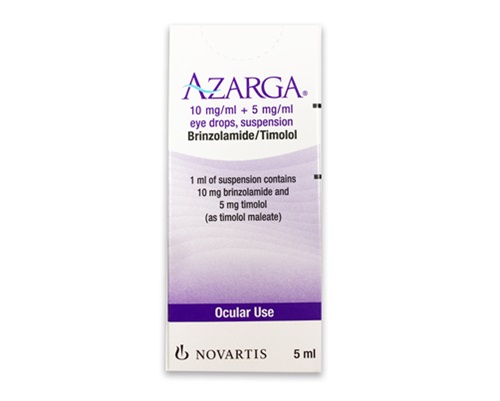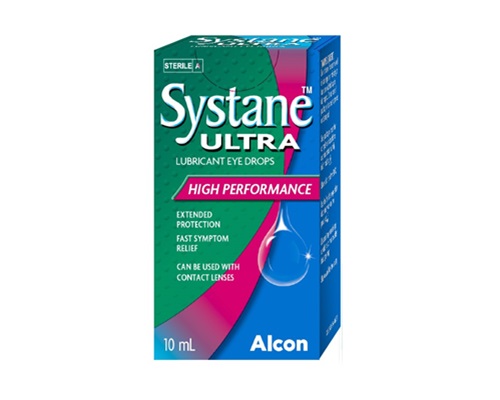Description
Trade name:
Tobradex
Compound:
Each 1 g of ointment contains:
Tobramycin 3 mg
Dexamethasone 1 mg.
Auxiliary components:
Chlorobutanol, mineral oil, white soft paraffin.
Properties:
Tobradex is a combination drug. It contains two active ingredients – tobramycin and dexamethasone, and is prescribed for local treatment.
Tobramycin is an antibiotic from the aminoglycoside group. Tobramycin has a broad spectrum of action, similar to the spectrum of gentamicin. It is most effective against gram-negative microflora.
Dexamethasone is a synthetic drug from the group of glucocorticoid hormones (a subclass of corticosteroids). Structurally, it is a fluorinated derivative of hydrocortisone.
Indications:
Prevention of postoperative infectious complications;
Blepharitis;
Conjunctivitis;
Keratitis (without damage to the epithelium)
Method of administration and dosage:
1-1.5 cm of ointment is placed in the conjunctival sac 3-4 times a day. Tobradex ointment can also be used as an additional treatment to Tobradex drops in the form of an application at night.
Contraindications:
Viral diseases of the cornea and conjunctiva (including keratitis caused by Herpes simplex, chickenpox);
Mycobacterial eye infection;
Fungal eye diseases;
Conditions after removal of a corneal foreign body;
Hypersensitivity to any component of the drug.
Precautions:
During pregnancy and lactation, the drug is prescribed only if the expected therapeutic effect exceeds the potential risk of side effects.
When prescribing Tobradex simultaneously with aminoglycoside antibiotics for systemic use, peripheral blood picture should be monitored.
When using Tobradex simultaneously with other eye drops or ointments, the interval between their applications should be at least 5 minutes.
Side effects:
Allergic reactions: itching and swelling of the eyelids, redness of the conjunctiva.
From the organ of vision (caused by dexamethasone): increased intraocular pressure, formation of posterior subcapsular cataract, slowing of the wound healing process.
Others: development of secondary infection (including bacterial), as a consequence of suppression of the patient’s protective response. The appearance of non-healing ulcers on the cornea after long-term treatment with GCS may indicate the development of a fungal infection.
Storage method:
Store at temperatures between 8 and 27 degrees.
Package:
The cardboard box contains paper instructions and a tube of 3.5 grams of ointment.









